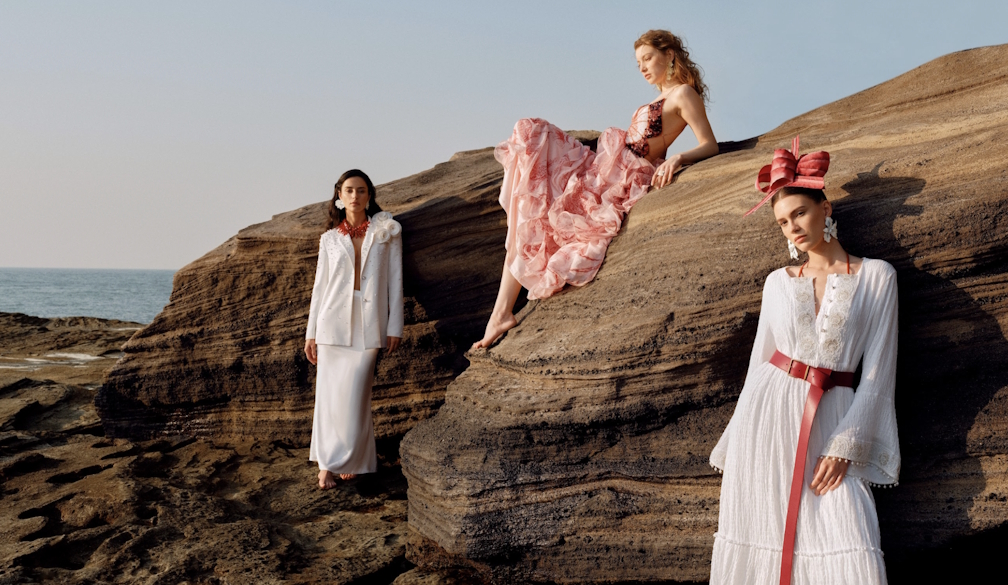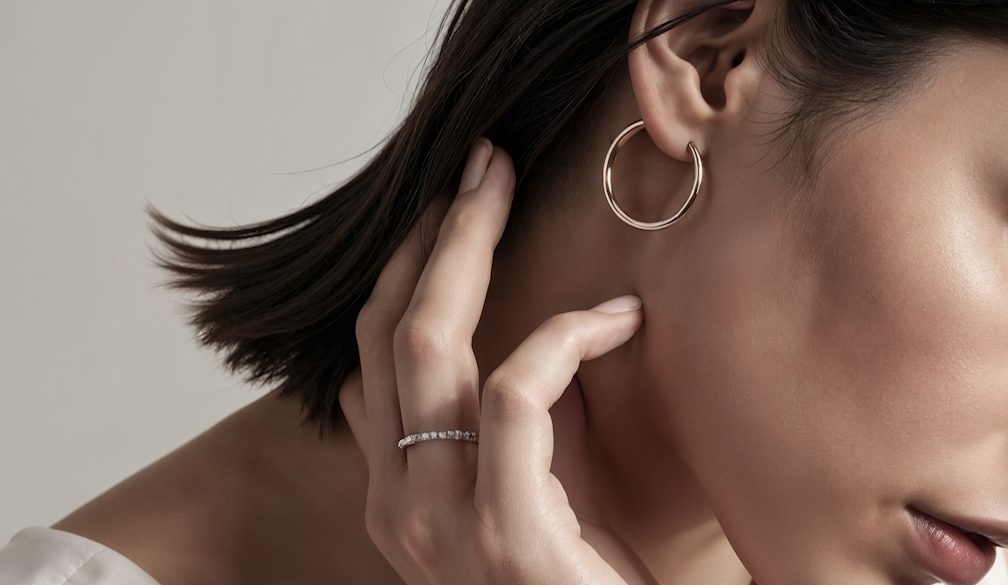Why This Elegant Diamond Cut Is Becoming the First Choice for Modern Proposals
- Written by The Times

- Personalised engagement styles are replacing one-size-fits-all traditions
- A rising diamond cut offers timeless elegance with a softer aesthetic
- Its flexible design works across modern and vintage settings
- Influencer choices and minimalist trends have driven its appeal
There’s a quiet elegance to the way modern proposals have evolved. They’ve moved beyond grand gestures and picture-perfect boxes to something more personal, more reflective of the couple behind them. Rings are no longer chosen from a case of pre-set designs. Instead, they’re picked—or created—with careful intention, down to the shape of the diamond. And lately, one particular silhouette is stepping forward as the understated favourite.
The Subtle Shift in Engagement Trends
You’ve probably noticed it already. Scroll through social media, browse a few jewellers, or attend an engagement party, and you’ll see it: rings that feel different. Not necessarily louder, but definitely more considered. Today’s couples aren’t choosing jewellery based on tradition alone. The classic round solitaire hasn’t disappeared, but it’s no longer the default. Instead, personal taste, daily wearability, and symbolic meaning are shaping the final decision.
This shift isn’t about rejecting old customs. It’s more of a natural progression. People want rings that fit their lives, not just their fingers. They’re drawn to pieces that echo their aesthetic—whether that’s vintage-inspired, ultra-modern, or quietly minimal. The proposal itself has followed suit. It’s more often private than performative. More thoughtful than showy. And with that, ring choices have started to reflect deeper personal values, not just sparkly appeal.
Part of what’s driving the change is the rise of storytelling in design. Rings are becoming visual representations of relationships—reflecting the couple’s journey, taste, and future plans. That means the diamond shape is no longer just a style preference. It’s a statement.
What Makes This Shape Stand Out
In a sea of round and princess cuts, this particular shape offers something different: softness without fragility, elegance without fuss. There’s a subtle fluidity to it, which gives the stone a graceful presence on the hand. It flatters almost every finger type and works well in both traditional and contemporary settings. And when set east-west or nestled in a halo, it becomes something entirely its own.
An oval engagement ring also plays a clever visual trick. Because of its elongated form, the stone often appears larger than a round diamond of the same carat weight. That’s not just a bonus in terms of appearance—it also means the ring feels more balanced on the finger. The cut catches light differently too, offering a softer, stretched-out brilliance that doesn’t scream for attention, but still holds it.
This shape’s growing appeal lies in that balance. It feels modern yet not trendy, classic yet not commonplace. For people looking to step slightly away from the usual while staying within timeless territory, it fits effortlessly. It’s versatile enough to work with a bold solitaire setting or something more intricate, and that adaptability is part of what makes it such a strong contender for modern proposals.
The Role of Personalisation and Custom Design
One of the strongest signals that engagement styles have changed is the increasing frequency with which couples now seek out custom design. Off-the-shelf rings don’t carry the same appeal they once did. Instead, there’s a growing desire to create something from scratch—or at least tweak an existing idea into something that feels personal. And this particular diamond shape has become a quiet favourite among jewellers for its adaptability.
Its proportions offer more freedom when sketching a design. Whether you're leaning toward a delicate pavé band, a split-shank style, or a bezel setting with vintage detailing, the stone stands out without overpowering the rest. It’s equally at home in warm yellow gold as it is in platinum or rose gold. That means it doesn’t lock couples into one aesthetic. It supports a wide range of looks, from antique-inspired to stark minimalism.
The broader appeal lies in how the shape handles customisation without losing elegance. Rings built around this cut often end up looking unique even when the design is simple. For couples who want their ring to reflect their personality but still feel timeless, it offers the best of both worlds. And as more jewellers lean into design-first consultations, it’s a shape that consistently opens up creative options rather than limiting them.
Influencers and Quiet Luxury in Jewellery Trends
Social influence has always shaped fashion, but lately it’s been moving in quieter directions. Big names aren’t flaunting their rings as status symbols so much as subtle statements of style. A handful of high-profile proposals have featured this diamond cut in sleek, pared-back settings. That kind of exposure tends to nudge trends in a new direction—not with bold declarations, but with restrained, confident choices.
The term “quiet luxury” is frequently used in fashion circles, and it applies here as well. It’s about refined pieces that don’t need to shout to be noticed. Jewellery that looks and feels intentional. This diamond shape fits squarely into that aesthetic. It’s elegant without excess. It signals care and quality rather than trend-chasing. And for couples who value subtlety over spectacle, that’s precisely the appeal.
Australian jewellers have also started embracing this mood. Designs are cleaner, more architectural, and less embellished than a decade ago. Even in coastal areas, where relaxed dress codes dominate, there’s still a preference for rings that feel elevated without being showy. This shape naturally fits into that style. Whether worn with a linen suit or a wedding dress, it carries the same quiet confidence that defines the broader shift in engagement jewellery.
A Shape That Balances Sentiment and Style
Part of what makes this diamond shape so enduring is its emotional weight. It feels personal without trying too hard. The soft curves convey warmth, while the elongated form lends quiet strength. For many couples, that mix of sentiment and structure is precisely what they’re after—something beautiful, but also grounded. Something that won’t feel dated in five or ten years.
There’s also the sense that this choice reflects a kind of thoughtful restraint. It doesn’t rely on flash to stand out. Instead, it speaks to deeper values: longevity, adaptability, subtlety. That’s why it resonates so strongly with those who see their ring not just as a piece of jewellery, but as a symbol that should grow with them over time.
As tastes continue to shift and more couples move away from convention, this shape is finding its place not just as a trend, but as a lasting preference. It blends tradition with a modern edge, and in doing so, quietly defines what today’s proposals look like.























